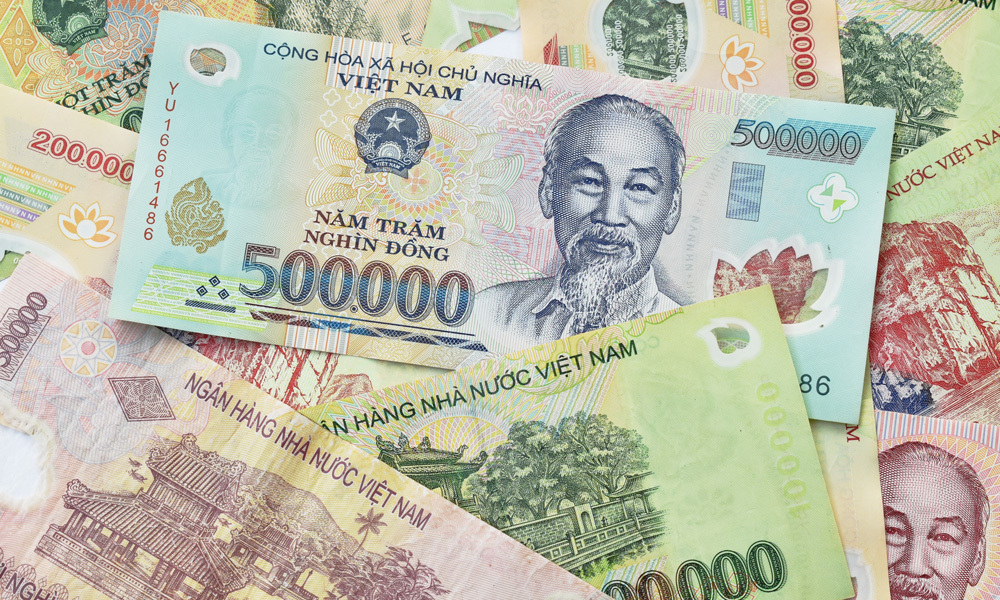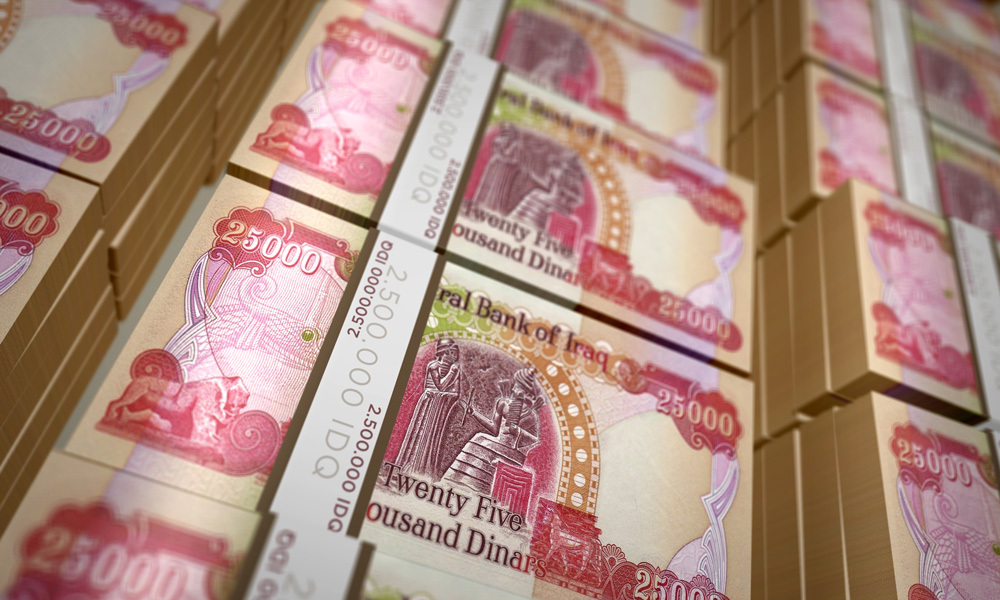The California Gold Rush led to the largest variety of privately made gold coins and created a collecting subspecialty of its own.
As thousands of prospectors and fortune-seekers headed to California after the discovery of gold at Sutter’s Mill outside Sacramento in 1848, the lucky ones needed a way to turn their nuggets and gold dust into spendable money. That led numerous assayers, refiners, and coiners opening shop to serve the prospectors. It also led to temptation.
While many of the businesses tried to make an honest profit by charging set fees for their services, others, through incompetence or outright fraud, cheated their customers by overstating the purity of the gold in their products. This widespread debasement led to calls for the government to open an official assay office in San Francisco, which it did in 1851. By 1854 demand led to Congress authorizing a branch mint in the city, effectively ending the private production of gold coins in California. But not before at least twenty companies got into the act.
A Multitude of Mints
According to PCGS Coin Facts at least twenty enterprises engaged in the production of gold coins during the Gold Rush years in California. These included Dubosq & Company, headed by a jeweler from Philadelphia, which struck an estimated 10,000 five- and ten-dollar coins in 1849 and 1850 using dies designed by US Mint Chief Engraver James B. Longacre.
Baldwin & Company was another major coiner of California gold, but when an official assay concluded that their coins had less gold than their stated value, confidence in privately minted coins nosedived and most were withdrawn and melted.
Among the California coiners were several interesting characters including H.H. Bowie, a member of the Maryland family best known for the Bowie knife, and Edward Dunbar, who established several businesses in San Francisco, among them a bank and a coining company before moving back to New York where he founded the Continental Bank Note Company that later merged with the American Banknote Company.
Several of the other companies produced pattern coins that never made it into production, and their surviving proofs and patterns are also highly collectable, as are fractional dollar coins. But by and large, private coining had ceased by 1853.
Kellogg Breaks the Fast
By 1854 there was a serious shortage of gold coins in San Francisco. Confidence in private coins was lost, gold was being kept off the market until the new mint opened, and coins were being hoarded in anticipation. This led to a severe economic downturn in the region, so a group headed by John G. Kellogg, respected local bankers, was urged to open an assay and coining operation in cooperation with Moffat & Co, another well regarded firm, until mint operations could begin. Operations continued for a time after the mint’s opening to fulfill needs it was unable to meet until it was in full operation at the end of 1855 after issuing over 300,000 $20 gold coins. Kellogg & Company is credited with preventing a major economic crisis in the Bay area.
Rarity and Value of California Gold Coins
Most of the California gold coins were melted down and reissued through the San Francisco Mint after their initial quality was called into question, so relatively few survive. That makes them both rare and valuable to collectors, and even in lower grades, entry level coins can run into tens of thousands.
An XF45 Baldwin $20 coin sold for $646,250 at auction in 2014 and the only known 1849 Bowie gold coin, an AU58 $5, sold for $353,000 in 2001.
MS and proof quality coins are even more expensive. An MS60 $10 Dubosq coin was discovered by a Colorado man in the San Francisco Bay area and sold at auction in 2014 for $329,000. An 1855 Kellogg proof, graded PR64 brought $763,750 in 2014, and a Moffat 1852 PR67 special strike $10 pulled in $948,750 in 2006. An 1852 $10 MS68 US Assay Office coin made by Moffat & Company under the direction of assayer Augustus Humbert cracked the million-dollar mark at auction in 2013.
Collecting California Gold Coins
As you can see from the prices, collecting California gold coins is not for the weak. But it’s a fascinating subject, even if you aren’t a buyer. You can learn more about California Gold Coins on the PCGS Coin Facts website.
US Territorial Coins California Gold Coins
By | September 17, 2018
Latest Posts

November 30, 2023
In the heart of Southeast Asia lies the vibrant and culturally rich nation of Vietnam. Amidst its bustling cities, serene landscapes, and bustling markets, you'll find a currency that reflects not only the country's economic growth but also its commitment to safeguarding the wealth of its citizens a...
Read More
November 29, 2023
Unraveling the Historical Journey of the Iraqi Dinar: From Past Glory to Present Challenges Money plays a vital role in the stability and development of a nation, and throughout history, currencies have evolved, reflecting the socioeconomic and political circumstances of their respective countries....
Read More